Ah, the satisfaction is so sweet when you finally get off the corporate treadmill and start to work for yourself. No more sitting in rush hour traffic. No more office politics. No more watching the clock. For a lot of people, becoming self-employed is just this side of paradise.
Paradise, that is, until you realize that there is a whole tangle of taxes and forms that you have to wade through to stay in compliance and to keep our friends at the IRS and state Department of Revenue off your back. If you try to read the instructions provided by the IRS, it can seem overwhelming. Suddenly, going back to work for an employer seems so much simpler!
Have no fear! Yes, it may seem overwhelming, but with a clearly defined path and step by step instructions, you can do this! We are here to help guide you through the forms and set you back on your path to being the boss you are!
First, a disclaimer. This particular post refers to sole-proprietors using a Schedule C with no employees. There are other things to consider when you have employees or are organized under a different business type (LLC, S-Corp, Corporation, etc). We will address those types of businesses in future posts. Sole-proprietors using a Schedule C is the most common type of small business start-up, so that is what we will start with.
Schedule C
The Schedule C is the main form that you will use when preparing your tax return. There are some other forms that will be generated from the Schedule C which we will talk about in a few minutes, but the Schedule C is where you start. The Schedule C is where you will detail your business income and expenses.
There are certain rules for eligible expenses claimed on a Schedule C – some expenses are 100% deductible, some are only 50% deductible, and some aren’t deductible at all. A future post will cover the Schedule C in detail.
One thing to keep in mind when you are filing the Schedule C – profit and loss. You are allowed to state a loss if you did in fact have a loss. However, in order for your business to be considered an actual business by the IRS, you must demonstrate that you are in business to make a profit. To that end, the IRS requires that out of a rolling 5 year period, at least 3 of those years must show a profit. Otherwise, your business will be classified as a hobby, and you will lose the right to claim most – if not all – expenses related to that “hobby”.
Schedule SE: Self-Employment Tax
Self-employment tax is made up of Social Security and Medicare taxes. If you worked for an employer, you would pay half of your share of Social Security and Medicare taxes and your employer would pay the other half. As a self-employed person, you have to pay the full amount yourself. However, you do get to deduct the half that an employer would pay when you figure your adjusted gross income.
Form 8829: Business Use of Home
If you operate your business out of your home, you might be able to qualify for the Business Use of Home Deduction. This will allow you to use a portion of your home expenses as a deduction. Eligible expenses could include utilities, internet, repairs and a portion of your rent or mortgage.
Here is the thing, though; the space that you designate as your home office has to be used regularly and EXCLUSIVELY for your business. So, in other words, if you use the space for business during the day, but your son uses it during off business hours to play Call of Duty®, or your office doubles as a guest room when the in-laws come to visit, you can’t claim the deduction.
These are the most common forms and taxes you will have to deal with as a self-employed person, although there are other situations that may come into play. If this is your first year as a self-employed person, or if you are at all unsure of what you are doing, do yourself a favor and seek qualified professional assistance. Not only will it save you the frustration, you may save yourself from being hit with unnecessary penalties and interest from not filing correctly.
Forms referenced:

